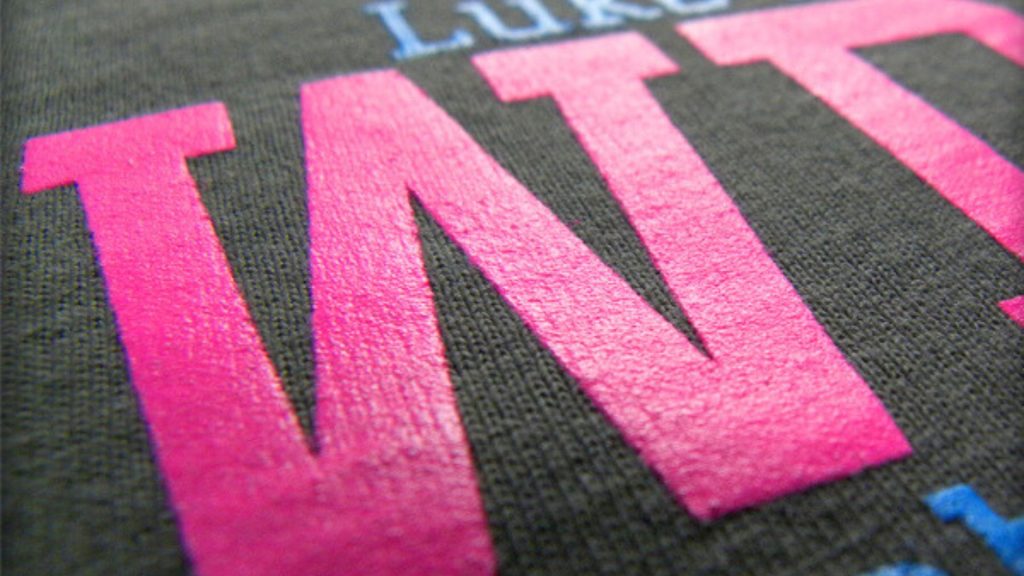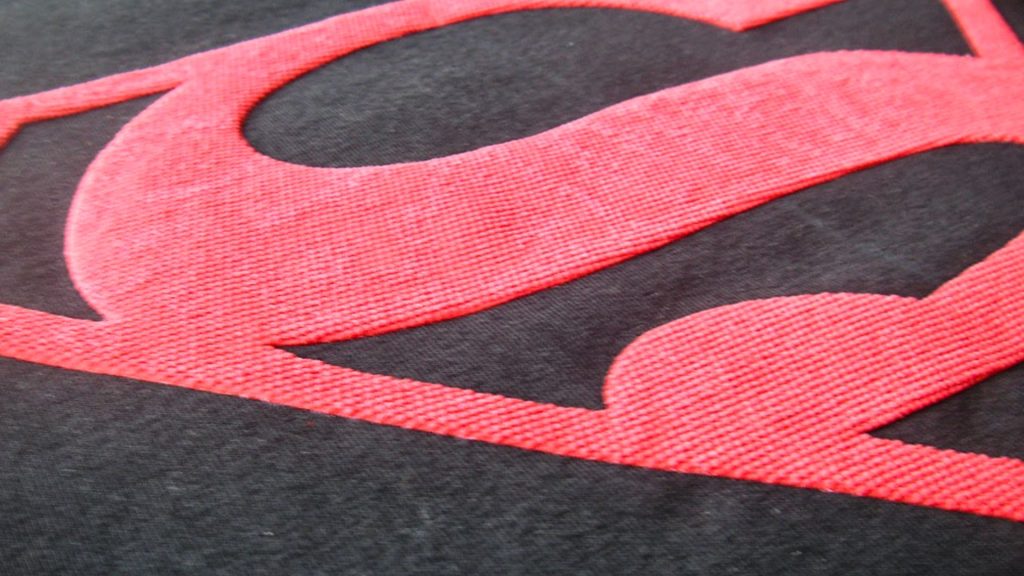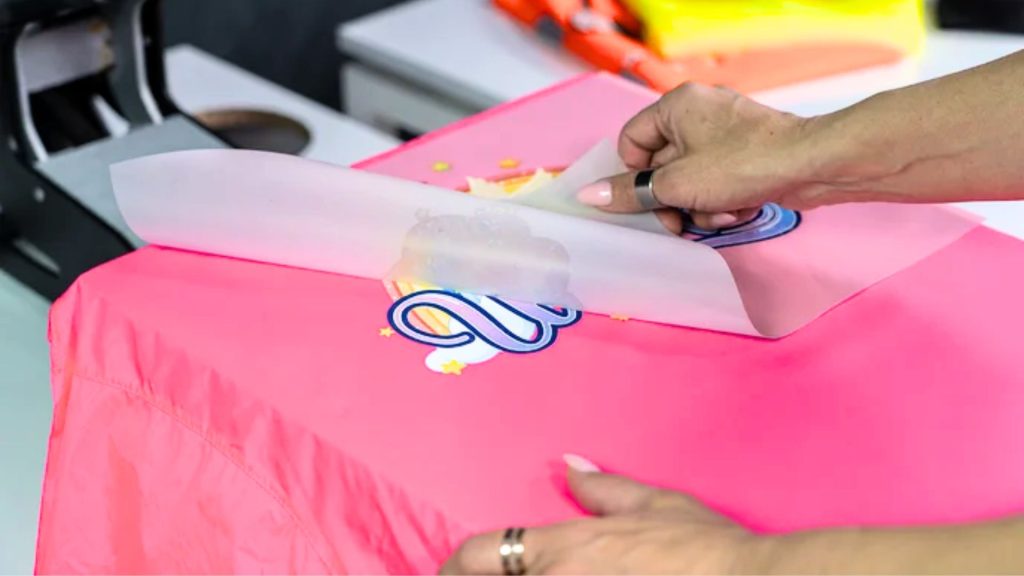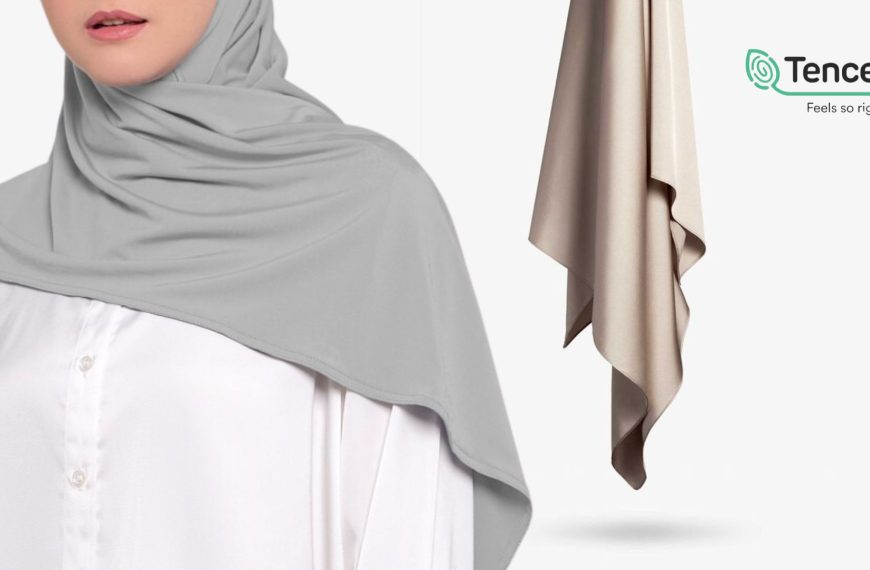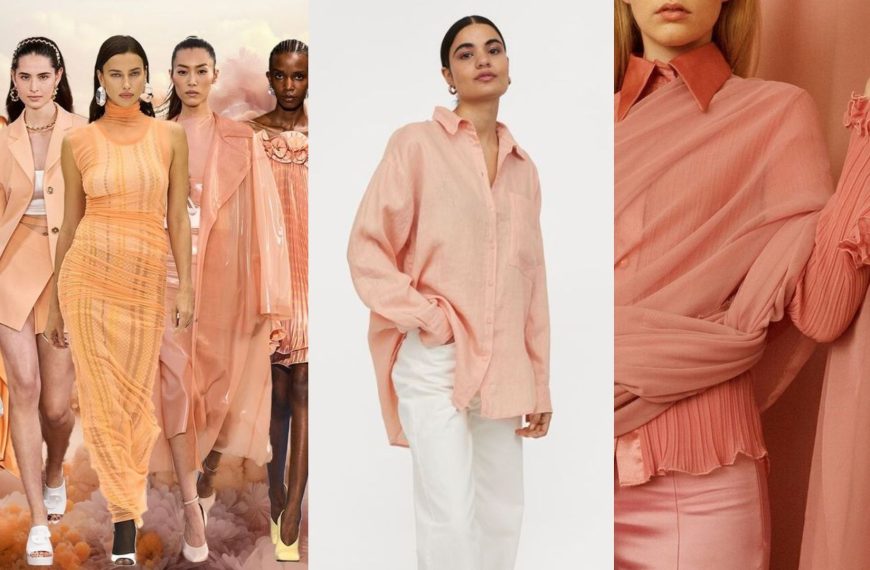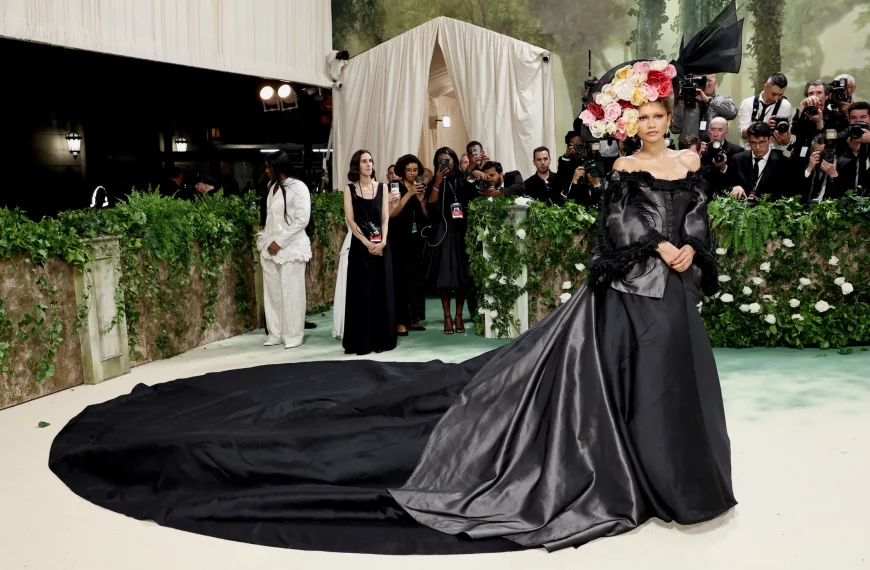In the world of garment decoration, various printing techniques offer different and unique advantages. Plastisol and Rubber printing are two widely used techniques that are well-known for their resilience and vivid hues. Direct-to-Film (DTF) printing is a relatively new technology that has recently drawn interest due to its exquisite detailing capabilities and adaptability.
Plastisol Printing
Plastisol printing is perfect for dramatic graphics in both light and dark clothing because it uses a PVC-based ink that lies on top of the fabric and provides good opacity and brilliant colors. Both clothing brands and sport teams love it for its resilience after numerous washing.
Plastisol printing involves using a computer to create a design, then transferring it onto a screen such that the design is formed by sections that are blocked out. The screen is put on a printing press, and a squeegee is used to push plastisol ink through the screen’s open sections and onto the cloth underneath. The ink is then cured by heating the printed fabric, which produces a bright, long-lasting print that is washable and resilient.
Rubber Printing
Rubber printing, sometimes referred to as silicone printing, is a technique that uses inks based on silicone to give fabric a raised, rubbery feel. This method, which is frequently used in luxury fashion and advertising clothing, gives designs a tactile quality that improves both touch and visual appeal.
Similar to plastisol printing, rubber printing use rubberized ink, which is thicker and more elastic than standard ink, and is applied to the screen when it is mounted on a printing press. The ink is applied to the cloth by using a squeegee to push it through the screen’s open sections. The rubber ink bonds to the fabric when heat is applied to the printed cloth after it has been inked, producing a raised, textured, and flexible design that is strong and resistant to washing.
DTF Printing
Direct-to-Film printing has become a popular technique that prints images onto a unique film and uses pressure and heat to transfer the film to the cloth. This method works well for unique designs and limited production runs since it maintains softness while enabling detailed detailing and full-color printing.
Using a DTF printer and ink, direct-to-film (DTF) printing involves printing a design directly onto a certain type of film. Following printing, a hot-melt powder adhesive is applied to the film, which is then heated to cure the adhesive. The fabric is covered with the printed film, and the design is transferred from the film to the fabric by applying heat using a heat press. The film is removed once it has cooled, revealing a vivid, long-lasting print on the touchable, flexible cloth.
Whether you choose rubber printing’s tactile appeal, plastisol’s durability, or DTF printing’s adaptability, each technique has special advantages to meet various design requirements. Knowing these methods gives designers and companies the ability to select the most effective way to realize their imaginative ideas in clothing and other products.


